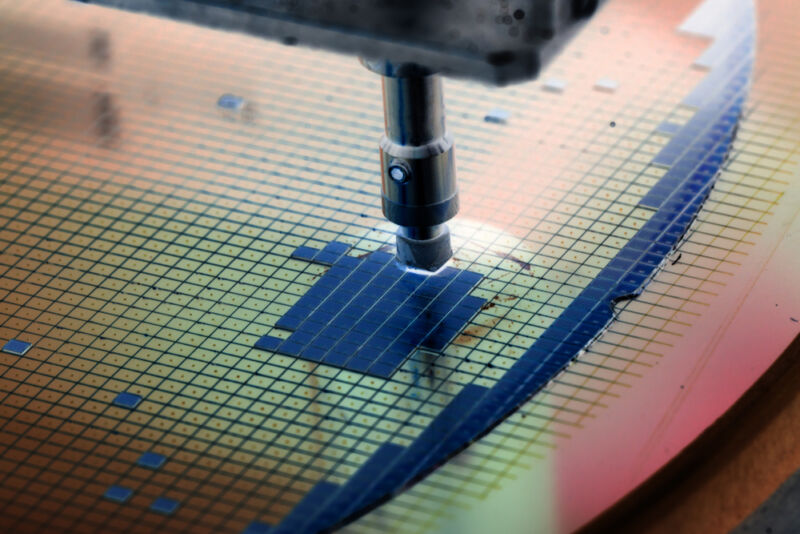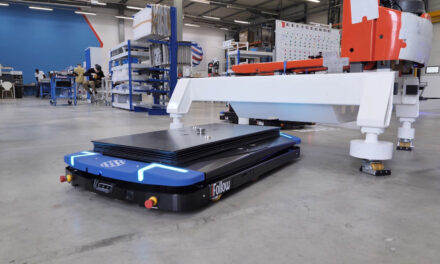Supplyframe just unveiled the results of its latest Commodity IQ Report that provides an overview of market dynamics (pricing, lead time, demand…) in the electronics industry. Geopolitical uncertainty and wide-ranging impacts from the armed conflict in Ukraine, alongside global inflation, and recurring COVID-19 outbreaks are compounding the situation and testing beleaguered industry supply chains.
The second quarter of 2022 began much the same as the first quarter concluded, with nearly half of all Supplyframe Commodity IQ dimensions characterised as worsening, and we saw a continuation of strong demand, production at capacity, extended lead times, and rising prices plaguing most devices.
Looking ahead, for the next four quarters, the active components market remains stubborn and hostile. From analogue power to standard logic to ASICs and sensors, it is a sea of red indicators. Passive component dynamics are not as constrained as their active counterparts, as evidenced by the higher number of yellow dimension forecasts for most sub-commodities except frequency devices and resistors.
Between Q4 2021 and Q1 2022, most of the components saw a modest increase in numbers when looking at design and production. Capacitors (-18%), PLDs (-13%), sensors (-8%), oscillators (-2%) and signal devices (-1%) are the exceptions who saw their design metrics drop. On the other hand, demand continued to rise for the vast majority of components, with MCUs & MPUs recording the strongest increase (+11%), followed by relays (+10%).
Between Q1 2022 and Q2 2022, in terms of design and production, most of the components saw their capacity improve, with standard logic devices recording an increase of 12%. The only components who face a decrease in design in the same timeframe are connectors (-15%), relays (-4%), oscillators (-2%) and signal devices (-1%).
As for demand, it’s still trending upwards over the two quarters but more steadily than what we saw in previous editions of Commodity IQ. It’s still worth noting that the components facing the biggest increase in demand in the Q1 22-Q2 22 timeframe are signal devices (+30%), capacitors (+15%), and circuit protection devices (+15%).
The situation is not getting any better. Commodity IQ paints a pessimistic picture, with supply chain challenges that will continue through 2023. The electronics supply chain can expect growing challenges into next year. Through the first quarter of 2023, more than 70% of lead times are forecast to increase. During that time frame, analog, complex semiconductor (ASICs, MCUs, MPUs, PLDs), flash memory, non-ceramic capacitor, resistor and standard logic devices are forecast to rise in price (+85%) with very limited exceptions. Most of the same devices will also remain at or exceed already elevated lead times (+83%).
“If anybody was still hoping we would be out of the woods by 2022, unfortunately we’re not there yet. Current geopolitical conditions, as well as inflation and Covid-19 outbreaks, are making the situation more tense. The electronics supply chain industry is bound to experience difficult months, with several indicators staying or even turning red,” said Richard Barnett, CMO at Supplyframe. “Therefore, companies need to change their approach and see how they can manage and operate with these shortages. Today, new forms of intelligence are arising, and organisations must seize and integrate them to better circumvent hazards and convert them into opportunities.”




